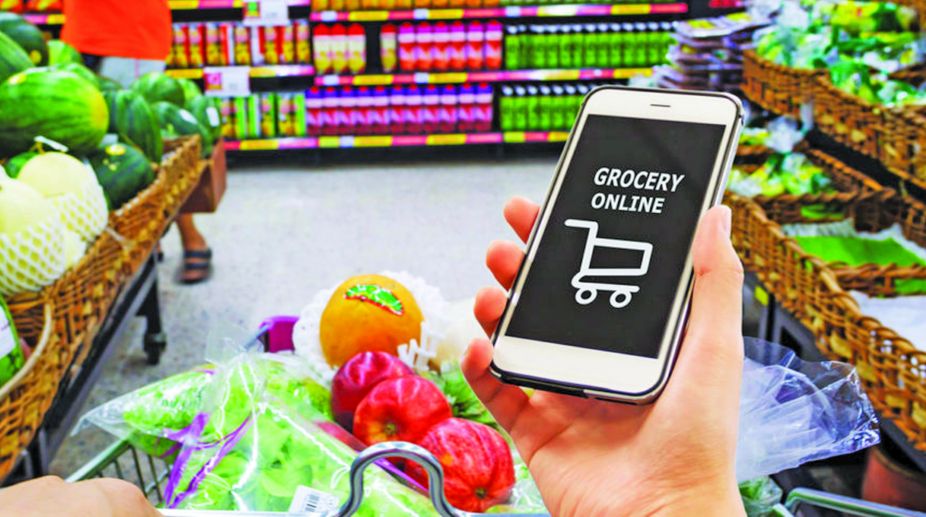The Economist published two scathing pieces on India’s economy on 13 January, arguing that India’s middle class is much smaller than is widely considered (27 million HH at $11k + annual income as per the cited Goldman Sachs number or 78 million people at 2.5L income as per National Council of Applied Economic Research). Further, according to the Economist, the middle class has limited buying power for global goods, as Purchasing Power Parity (PPP) for these becomes irrelevant – they cost roughly the same in real terms across the globe.
One of the articles corroborates the point on limited opportunities in India with a slow growth in the Gross Merchandise Value of goods sold via e-commerce portals over the last two years (estimated at about 25 per cent in 2017). The article overall spells doom and gloom for the multinationals who have bet on India, pointing out that they may have over-estimated the opportunity.
Significant investments flowed or were planned into India’s e-commerce in recent months, much of them into the FMCG and grocery segments of this business. Notably, Alibaba increased its stake in PayTM by $177 million in October 2017and planned a $200 million partial buyout with BigBasket; Amazon committed $500 million to India’s food retailing in July 2017 and Flipkart received 2.5 billion from Softbank in August 2017, with some of the funds being spent on the scale up of the e-grocery business. Were these large capital infusions a mistake, and does The Economist’s analysis mean that the clash of the titans may be over a tiny e-grocery market for the privileged, for a market without much growth potential?
We should consider three aspects to put the outlook into perspective: India’s informal economy, the fact that FMCG and F&B products enjoy the benefit of PPP unlike the global goods like mobile phones, as well as the current online grocery penetration. The first point needs no detailing – it is well-documented that swathes of funds are locked up in cash savings, gold, etc. The true wealth of households (HH) may be much larger.
But the other two points make the $5-6 billion FMCG e-commerce by 2020 estimate by BCG and Google in a report titled Decoding Digital Impact: A $45 Billion Opportunity realistic and lucrative. MNCs price FMCG and groceries to reach scale, and for now sell almost identical assortment online and offline. Goldman’s 27 million HH and beyond have the purchasing power to buy some or all groceries online the way they already shop offline.
The last aspect though is the most interesting. Let’s stay with the more conservative 27 million HH number. Discussions within the industry reveal that there are 700,000-1,000,000 online grocery HH in India (buying grocery products online at least quarterly). That is about 3 per cent penetration to Goldman’s middle class. Increasing the penetration of online grocery must be the game in 2018; this already seems to manifest through the aggressive discounting in Q4 2017 and in early 2018 by the grocery/FMCG e-commerce players to complete with modern trade for shoppers. An average grocery/FMCG transaction online stood at about Rs 1500 in 2017, with 2-3 transactions for loyalists per month.
If 6.5 million of HH that hold the right purchasing power move Rs 4000 of the monthly groceries spend to online by 2020, the $5-6 billion number is within reach. To put this into perspective, the Associated Chambers of Commerce & Industry of India together with Resurgent India estimated the number of online shoppers in India to grow from 69 million in 2016 to 100 million in 2017.
Less than 1/10th of all online shoppers and less than a quarter of Goldman’s HH have to start regularly purchasing groceries online – this does not seem to be too tall an order given the speed of adoption that India has shown across comparable technologies. The biggies should focus on increasing the pie by bringing in new shoppers.
Putting shoppers on a drip of grocery may be one of the best things the large platforms like Amazon, Flipkart and PayTM can do for themselves. One may buy an expensive smartphone every 2-3 years, and there may be a fraction of the population that can afford to do so, but everyone needs groceries weekly, and a large audience can afford branded products in this segment. If a shopper comes back again and again to buy groceries from a platform, her trust and loyalty grows; her next non-grocery purchase is likely to be from this well-trusted household name.
The writer is an e-commerce professional with an MBA from ISB Hyderabad. A Ukrainian born in Russia and educated in the US, she now calls India her home.











